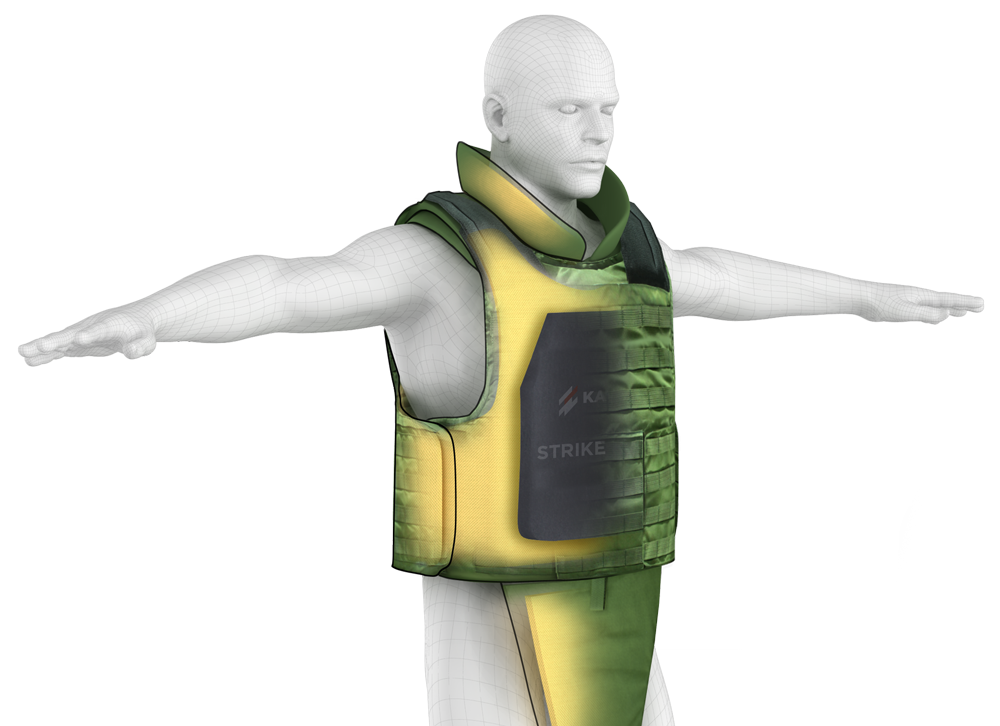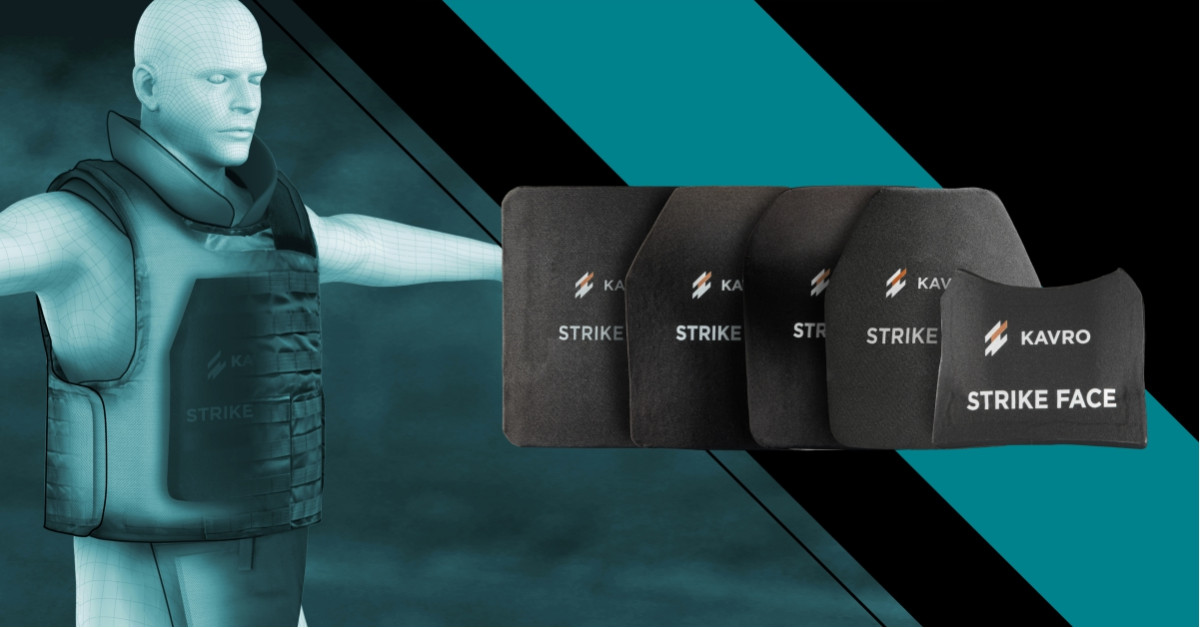Hard Body armour is widely used by different militaries of the world to protect their soldiers in armed conflicts and other hostile areas. The correct use of body armour greatly helps in reducing fatalities in such environments, 1 deposit casino nz.com thus helping in boosting the operational capabilities of the troops. Thus, it always helps to have a better understanding of how hard armour works and what are the properties of the materials that are used to manufacture them.

Fig: Pictorial view of Hard body Armour (Armour Plate) inside a Ballistic Vest
Hard armour plates, more commonly known as (HAP) form the outer layer of an armoured vest and work in combination with the interior armour pack to stop a bullet from penetrating. HAPs offer protection against high-velocity rounds such as armour piercing ammunition and constitute two basic types of materials. The first is a strike face which is specially designed to blunt, erode or shatter an incoming round, and the second is a laminated polymeric backing material that is designed to support the strike-face material during the initial stage of an impact. The backing material also efficiently absorbs the kinetic energy transfer from the bullet.
For better resistance against Lead Core and Mild steel core bullets, hard armour plates or inserts employ special varieties of materials like Ultra High Molecular Weight Polyethylene, Aramid, Glass fibre or a combination of all these materials together. However, to achieve protection against armour piercing bullets, armour panels or inserts are combined with different grades of ceramics like ‘Standard’ or ‘Advanced’ and are backed up with Ultra High Molecular Weight Polyethylene, Aramid, Glass fibre or again a combination of these materials.
Working principles of Hard Armour Panel:
When designing lightweight and advanced hard armour, a guiding principle to be kept in mind is the ‘energy dissipation mechanism.
As a speeding bullet hits an armoured vest, its kinetic energy is instantly absorbed by the HAP. Using ceramics with a high degree of hardness the incoming projectile is blunted, thereby depriving it of its projectile impact energy. The residual KE of the shattered fragments from the projectile are also fully absorbed by the backing.

Fig: The principle working of Hard Armour Panel
Let’s better understand the materials that are employed for manufacturing Hard body armour:
1. Polyethylene Armour:
Polyethene-based armour has ultra-high molecular weight. The body armour used has a fibre-reinforced composite material and is well suited for ballistic protection. To achieve this strength, it follows a process of cross-linking the unidirectional ultra-high molecular weight polyethene (UHMWPE) over high-density polyethene (HDPE) thus gaining high specific strength and modulus.
When it comes to the durability and effectiveness of the armour to be able to withstand multiple hits, its material and manufacturing quality play an important role. This also includes the processes of moulding, cutting to shape and compression under high pressure and heat.
Here are some benefits of using Polyethylene Armour:
i) They offer protection from high-calibre rifles due to their inert long polymeric chains that are able to provide excellent impact energy absorption without facing any fractures.
ii) The high strength and low density makes it extremely durable and lightweight in comparison to ceramics or any other materials,
iii) They provide dimensional as well as design flexibility.
iv) They are impervious to moisture.
v) They focus to provide protection against lead and mild steel ammunitions,
vi) They provide ample mobility and endurance.
2. Ceramic Plates:
Ceramic panels are ever evolving to meet the increasing threat levels of 21st-century battlefields. Plates on this material are the hardest and yet have the lowest density among armoured materials. They were specifically designed to be strong enough to shatter a bullet upon impact and deny any sort of material penetration.
It offers an advantage over steel as it's comparatively, extremely lightweight while offering maximum energy absorption.
Ceramics used to manufacture armour include materials such as boron carbide, aluminium oxide, silicon carbide, titanium boride, and aluminium nitride. Boron carbide is primarily used for ceramic plates meant to protect against smaller projectiles. For the strength to stop larger projectiles the ceramic plates use silicon carbide.
Here are some benefits of using ceramic armour:
i) They provide superior ballistic performance.
ii) Their components are lighter in weight due to low mass and density.
iii) Their microstructures can be tailored to meet desired ballistic properties, ensuring durability and performance.
iv) They are fully capable of defeating high velocity penetrating projectiles.
v) They reduce back face deformation with their appreciable fracture toughness.
vi) They offer excellent resistance against creep and stress rupture.
Hard body armours are critically important in defending forces against a multitude of threats. These plates and panels are literally responsible for saving lives, thus MKU only utilizes highly proven materials in their manufacturing process. Our Armour Plates undergo stringent testing to ensure optimum ballistic performance. We also rigorously conduct R&D to work towards designing and manufacturing even lighter and stronger armour solutions to withstand the threats of the battlefields of the future.


 LOGIN
LOGIN










